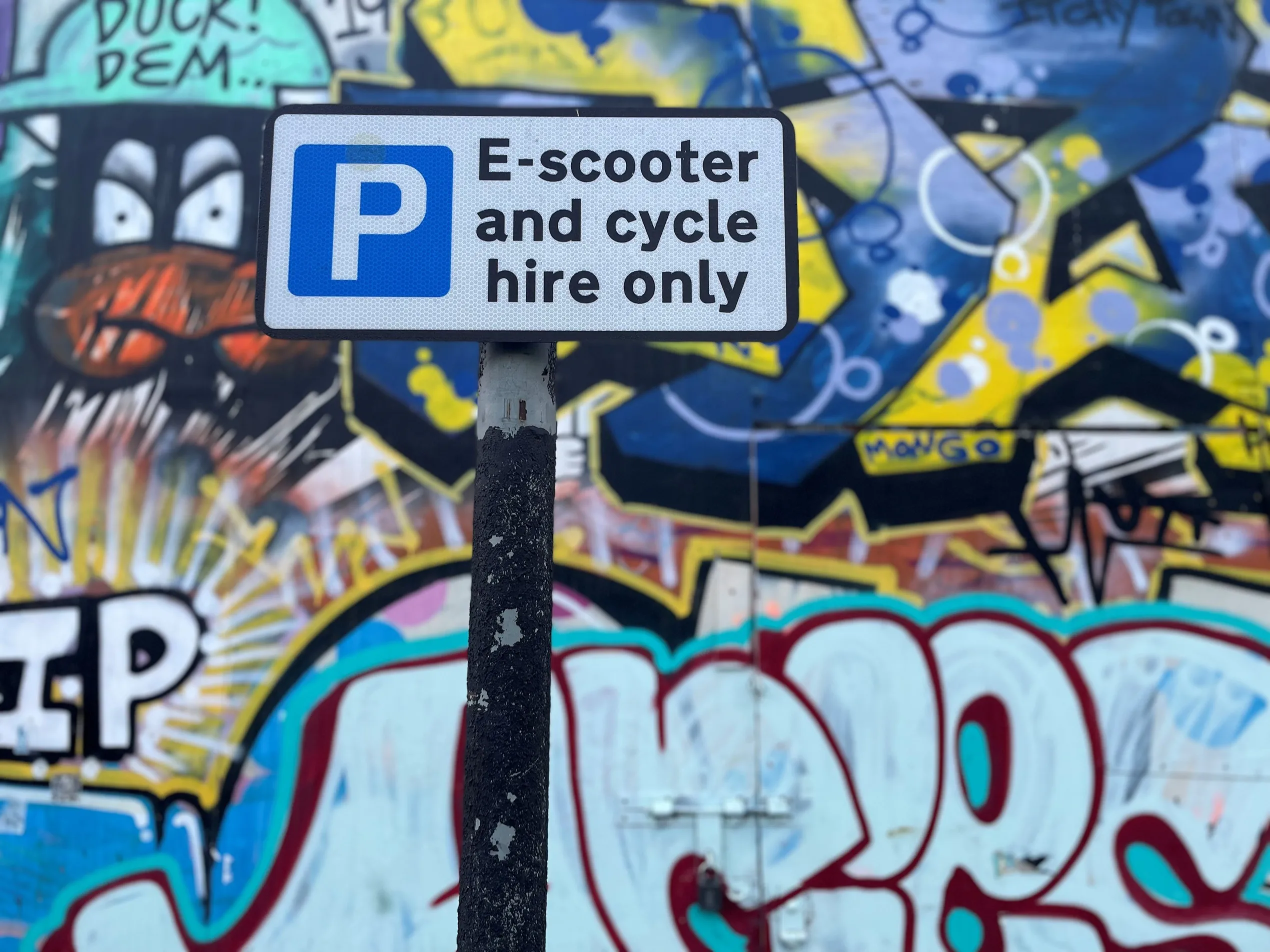In a bid to improve traffic congestion and reduce violations, Shanghai is to increase its traffic cameras by 200 annually. The new cameras will be added to locations and crossroads with frequent congestion and violations and to transportation hubs, said police. Shanghai successfully introduced traffic cameras in 1996; by the early 2000s, traffic violation cases on some roads and intersections had dropped by up to 80 percent, and the city now has more than 1,900 sets of surveillance cameras at local crossroa
September 11, 2012
Read time: 2 mins
In a bid to improve traffic congestion and reduce violations, Shanghai is to increase its traffic cameras by 200 annually. The new cameras will be added to locations and crossroads with frequent congestion and violations and to transportation hubs, said police.
Shanghai successfully introduced traffic cameras in 1996; by the early 2000s, traffic violation cases on some roads and intersections had dropped by up to 80 percent, and the city now has more than 1,900 sets of surveillance cameras at local crossroads.
"Traffic violations like speeding and illegal passing are common on the outer ring road," said Yan Zhizhuang of Shanghai Jiao Tong University, a member of the local advisory body. "Some transport trucks even use the passenger vehicle lanes and block the way."
Police said they will use the latest high-definition models of traffic cameras, which not only capture a clear image of a car plate number but also the driver's image.
Shanghai successfully introduced traffic cameras in 1996; by the early 2000s, traffic violation cases on some roads and intersections had dropped by up to 80 percent, and the city now has more than 1,900 sets of surveillance cameras at local crossroads.
"Traffic violations like speeding and illegal passing are common on the outer ring road," said Yan Zhizhuang of Shanghai Jiao Tong University, a member of the local advisory body. "Some transport trucks even use the passenger vehicle lanes and block the way."
Police said they will use the latest high-definition models of traffic cameras, which not only capture a clear image of a car plate number but also the driver's image.








